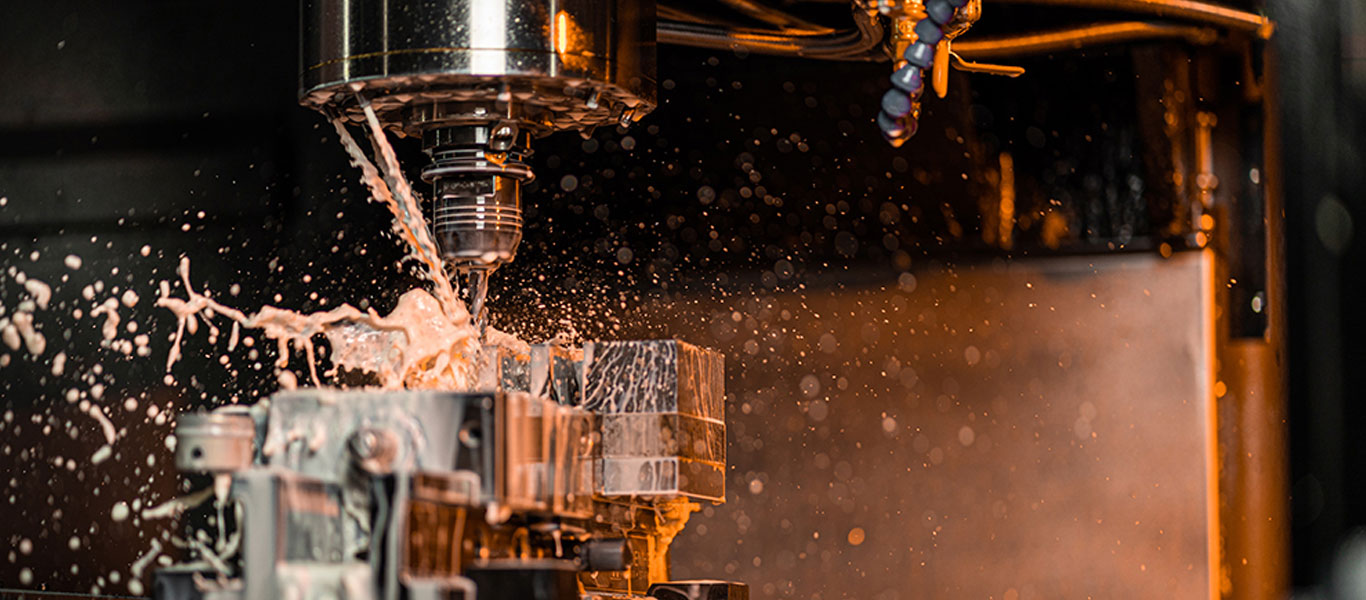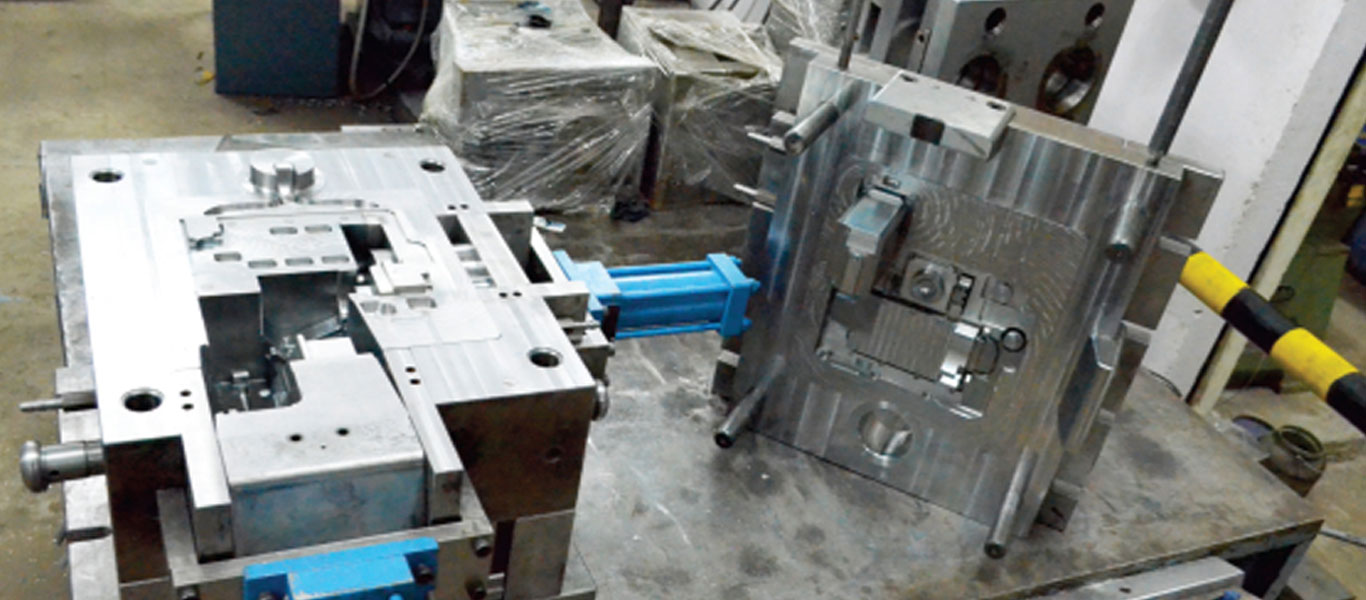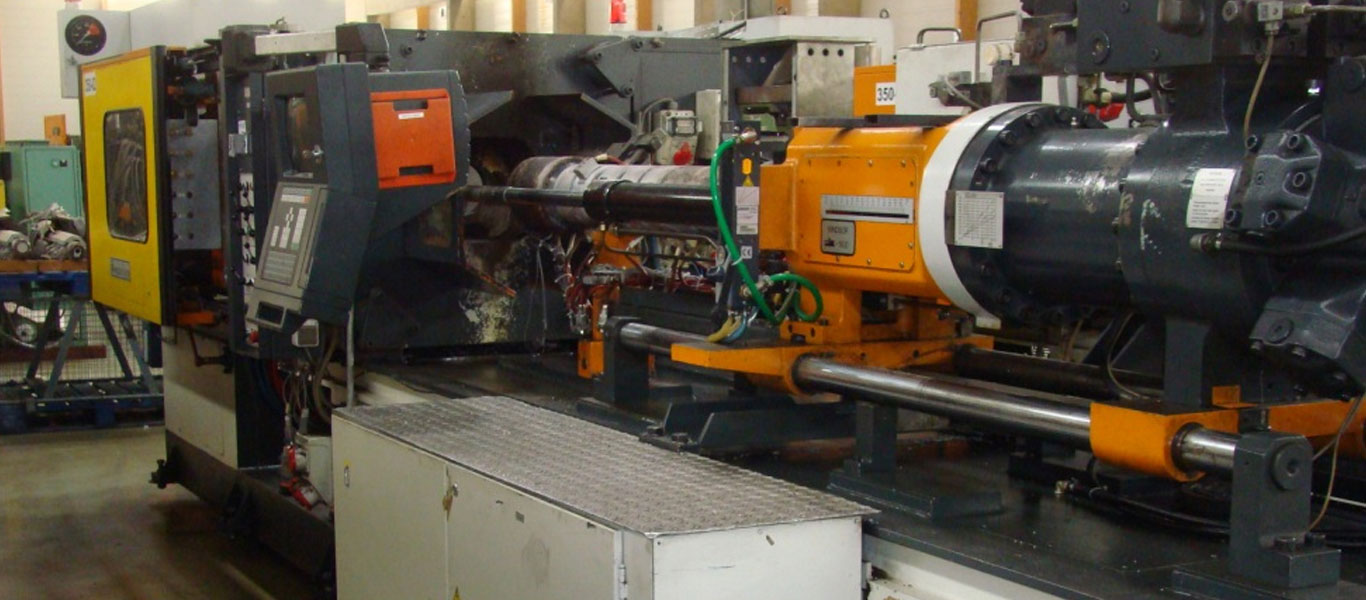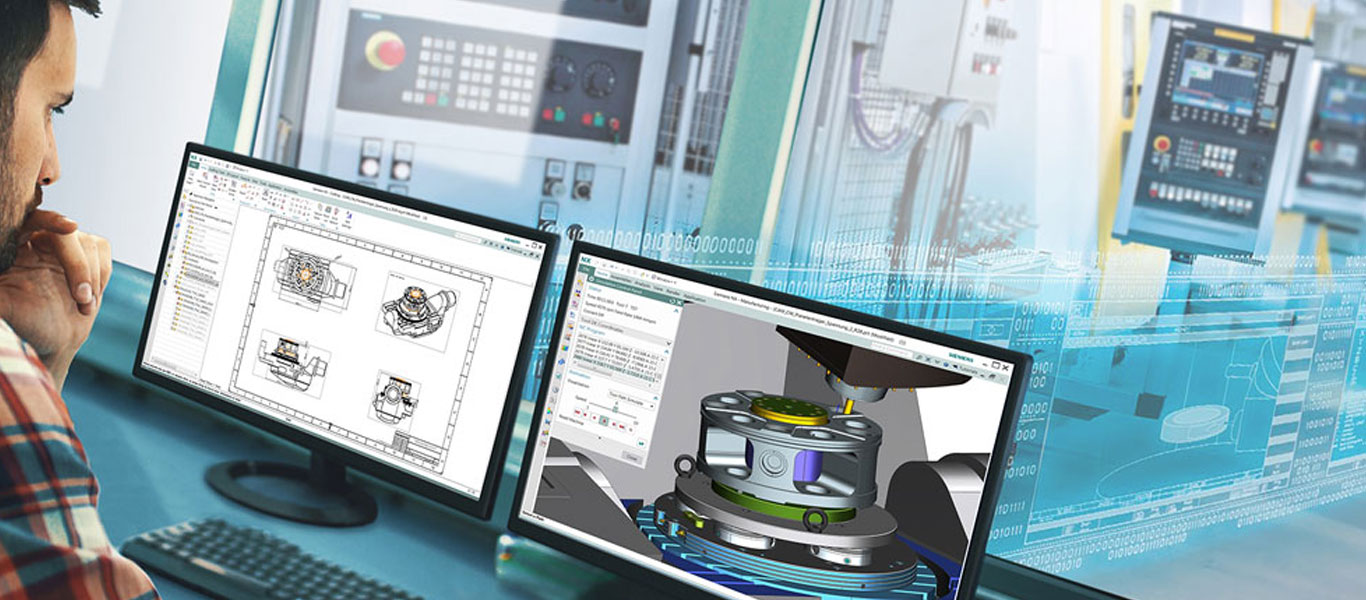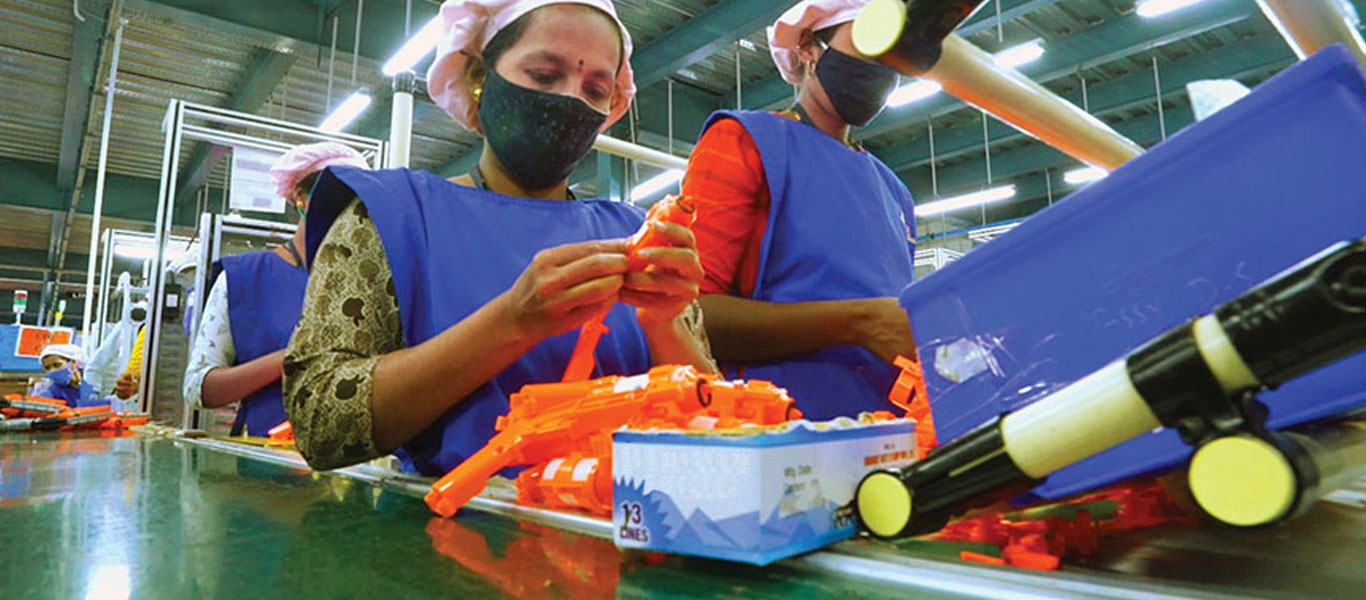Technology Experts
The latest machines and their explicit knowledge by our engineers is what keeps us top-notch. Our ultramodern machine enable us to handle commercial job assignments smoothly.
Quality Work
Our quality process ensures that only the highest quality products are delivered to our customers. We understand there are a wide range of industry standards, which is why we design to meet or exceed standards as needed by our customers.
Reliability & Trust
We are committed to deliver the best-in-class products and services that delight our customers. We believe in building long term relationship by offering after sales services to our clients.
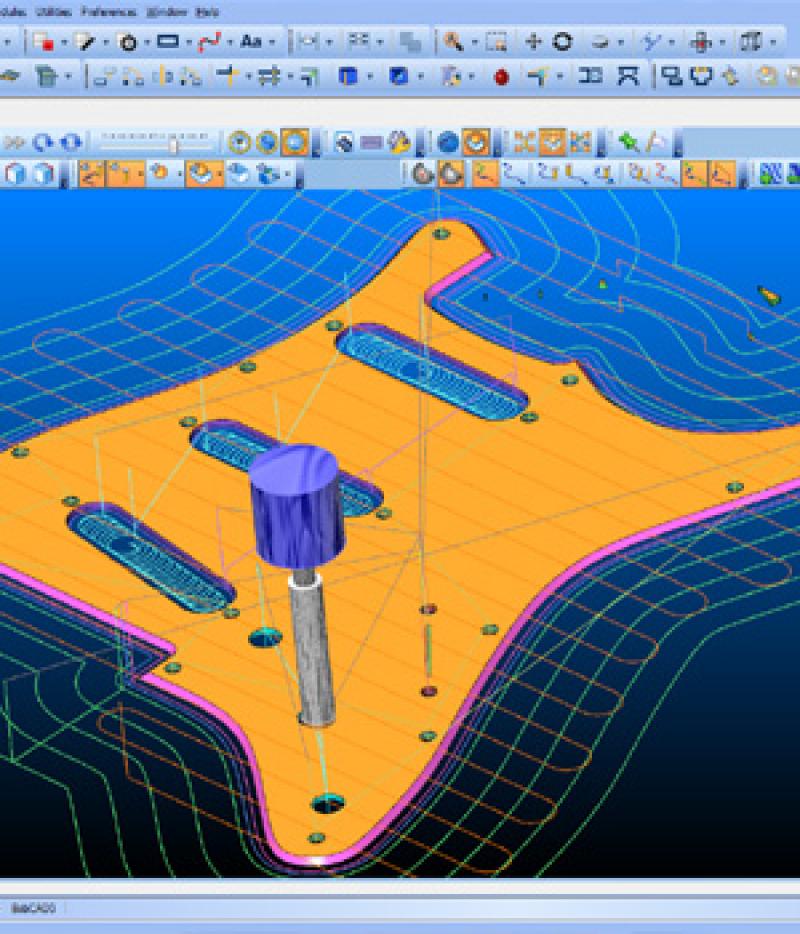
|
Engineering and DesignThe plastic injection mold consists of two primary components, the cavity half of the mold (A half) and the ejector half of the mold (B half). These mold halves are designed to work in conjunction as follows:
A mold is usually designed so that the molded part reliably remains on the B half of the mold when it opens. The runner and the sprue are drawn out of the A half. The molded part then falls freely when ejected from the B half. A single plastic injection mold can have one cavity, producing one part at a time, to multiple cavities for extremely high-production molds (like those for bottle caps) that can have 100 plus cavities. |
